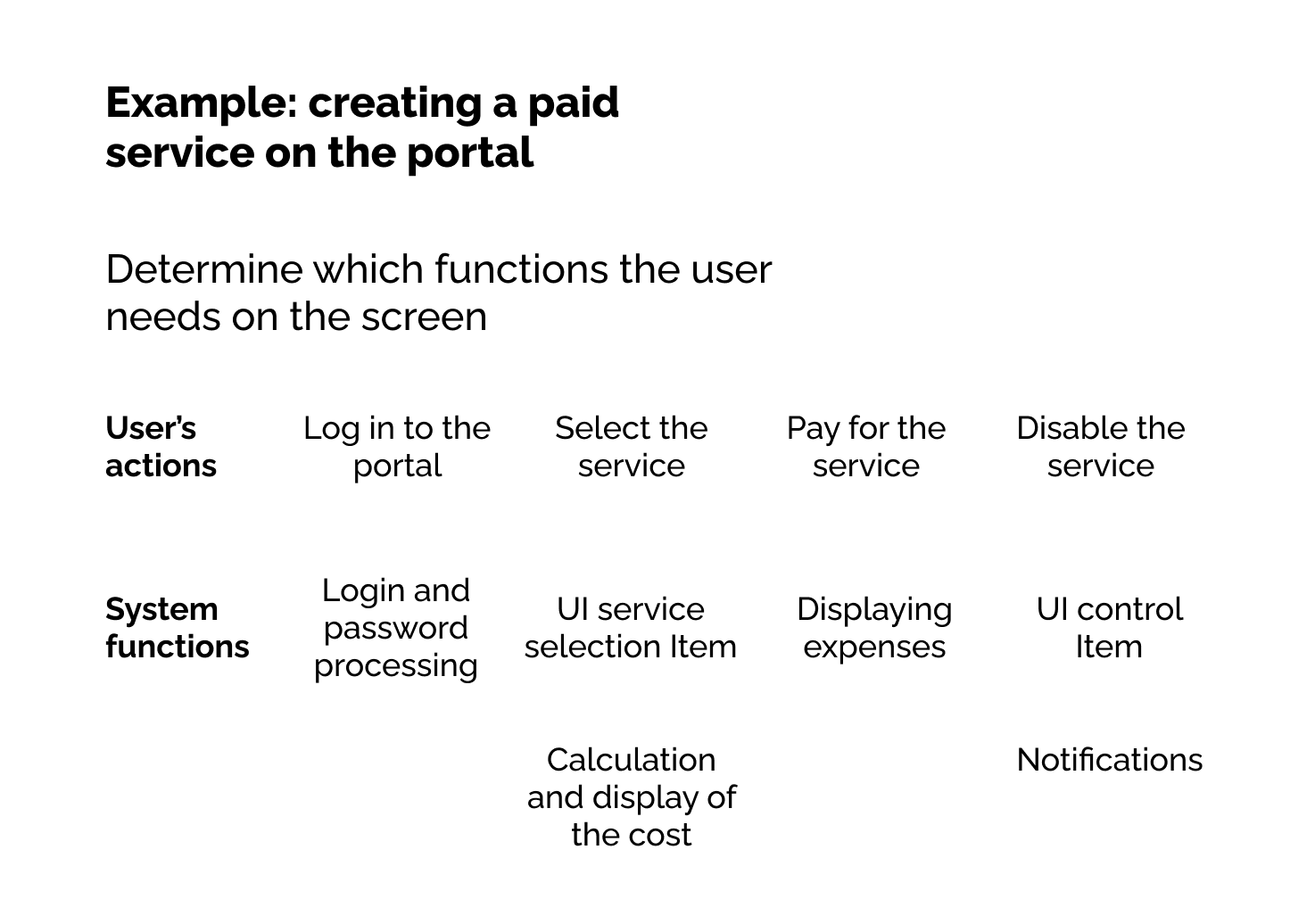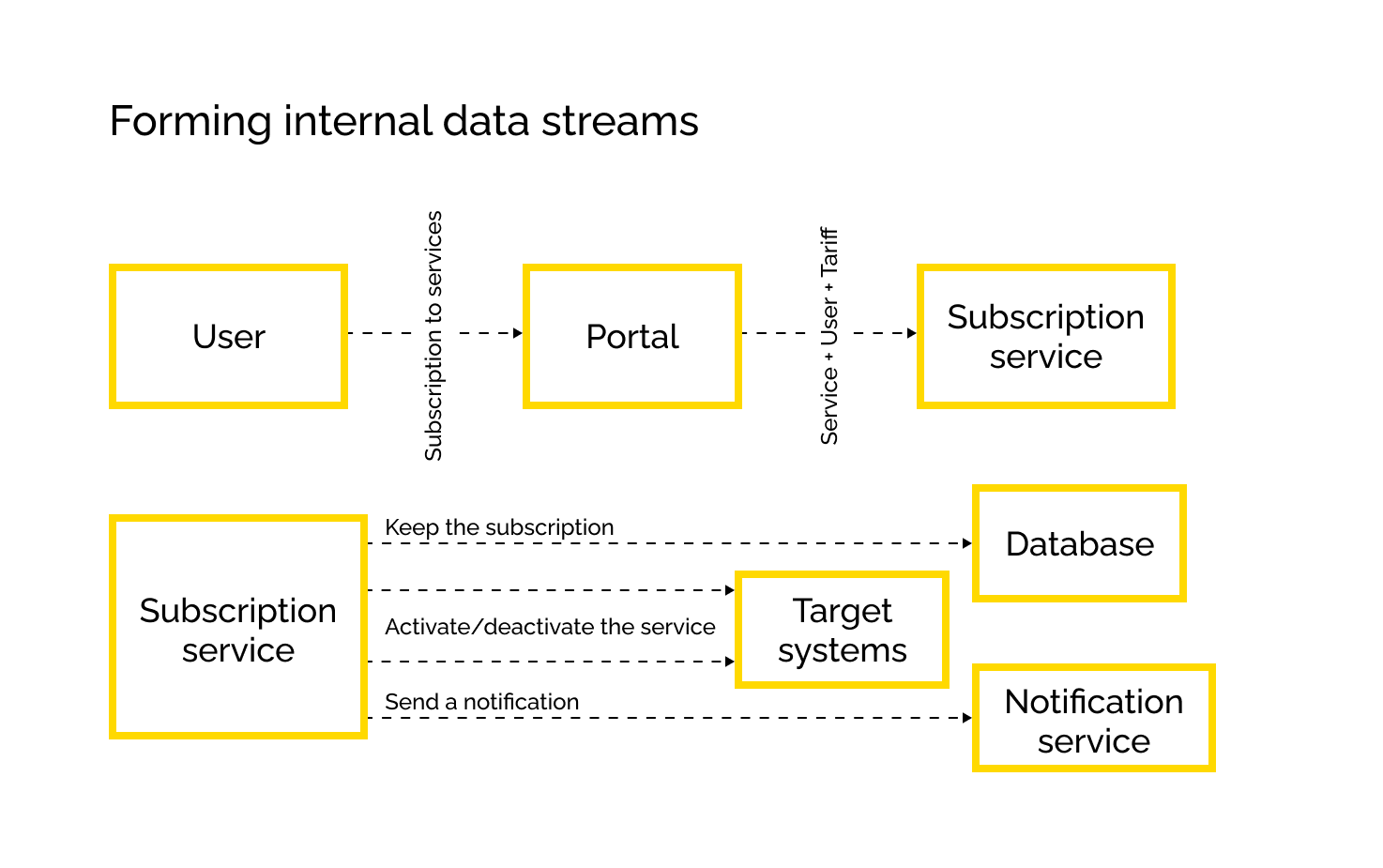
How customer requirements become new features
Translating customer's wishes into application functions is a difficult and very important process. Over the years, we have developed an algorithm that allows you to do this quickly and efficiently.
In order for all participants in the process to understand what result you need to achieve, you need to start working on a feature with a business goal in mind.
What is important to determine from the very beginning of work on a feature:
- Who will work with the feature?
- What tasks will it solve?
- What worries will the employees get rid of?
We are already used to looking at tasks this way whether we build a mobile application, a corporate system or an internal service for under-the-hood data processing. When the main task is formulated, the team can proceed to preparing high-level scenarios. At this stage, the team determines who exactly will use the product, what actions they will perform, what system processes will correspond to these actions, what functions administrators need.

This information allows to form data flows that will provide future processes. The product architecture is defined, a list of microservices that will provide certain processes - so far without detailing, at a conceptual level.

Simulataneously we begin to prepare for the development:
- Designers draw the first layouts
- PM launches features and PBI, conducts a preliminary assessment of resources
- We approve the work plan with the customer
- Break down PBI into tasks, finalize resources
- Deploy infrastructure
Throughout this process, we keep the business value of each task in mind. At the same time, work on the front, back, and so on is not taken out in separate PBIs. These are technical details that are united by one goal - for example, to make a user authorization service. This approach allows the whole team to move together towards the result for which the customer came to us.
What do we end up with
- All team members understand why each of them works in their area - a common vision of the task appears.
- This allows you to accelerate the appearance of tangible results. When the team does a demo every two weeks, the client constantly sees all the new features.
- The product is developing rapidly and energetically, time-to-market (the time from the start of work on a feature to its release to users) is decreasing. The service is gaining points compared to its competitors.
And most importantly, there are no situations when, after a few months, it turns out that some function does not benefit the product and the team wasted resources.